Rob Phillis is an Aussie legend who made WorldSBK a seriously exciting watch in the '80s & '90s. Mav runs us through his life in this multi-part series.... Photos: Phillis Archives.
Aussie motorcycle racing has produced its fair share of inimitable characters, but there aren’t too many with the enormously endearing features of ‘Mr Superbike’ himself, Rob Phillis. We take a deep dive into his early life, racing career and what he’s up to now…
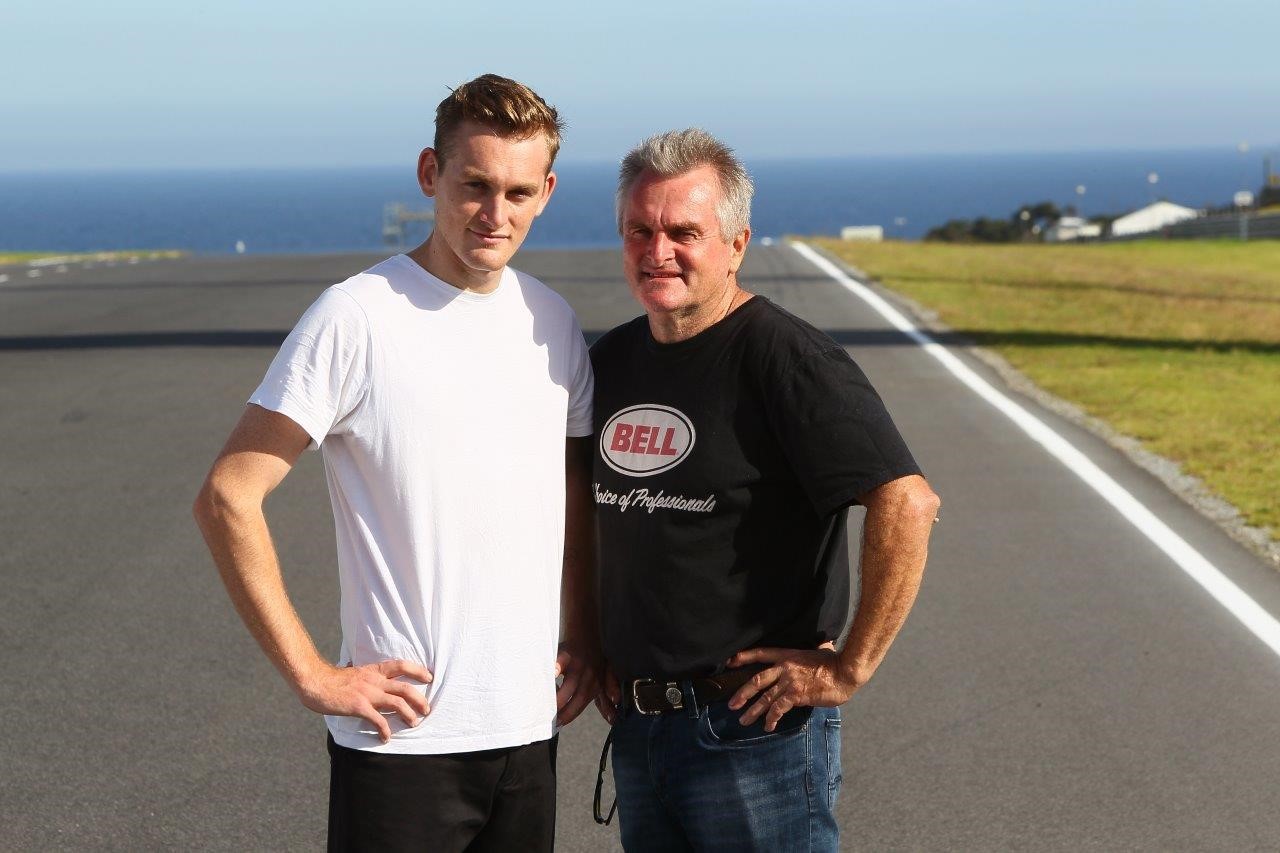
We take a deep dive into Rob’s early life, racing career and what he’s up to now. (Pictured here with his son Alex Phillis).
Since he burst onto the road racing scene in the mid-1970s, the Wagga-born and Albury-raised larrikin, now 66, has certainly made an indelible mark on the landscape – not only with his racetrack brilliance but also the free-wheeling spirit and self-effacing traits that have endeared him to a legion of fans. Rob’s motorcycling journey began when he lived at Albury airport, where his father was the facilities manager. Rob had repaired a 1958 model 55cc Honda step-thru given to him by his brother-in-law, Tim, and that’s what he used to roam around all parts of the huge precinct – including the unlit runway at night!
Check out our other Legends features here…
“I had a fur-lined leather helmet like pilots used, and a jacket that was way too big for me, but I rode that Honda step-thru non-stop,” recalls Phillis. “At night, I used to chase hares and foxes down the runway, and when mum and dad were at the pub on a Friday night I went nuts because they weren’t telling me to come inside. That’s where I rode on bitumen for the first time, but the speeds were obviously limited.”
Rob was around 10 years old at the time, and a few years later made his way to Albury High School – but as he freely admits, his mind wasn’t pre-wired for the rigours and discipline of educational institutions. He did most of his learning on-the-fly outside of school hours. Probably the most vivid memory from secondary education is when he couldn’t remove his trouser braces in time to combat an uncontrollable bout of the runs!
Two-wheel competition soon beckoned – but it was cycling in his formative years, where he competed against riders like John Kennedy, who went into break the professional world record in the 200m sprint in 1991. Both are now members of the Albury-Wodonga Sporting Hall of Fame – which also features two other local motorcycle racing luminaries in the shape of Graeme Geddes and Steve Whitehouse.
Although Rob showed a great deal of promise in cycling, he was hooked on internal combustion engines. However, he did combine the disciplines in a loose manner some years later when he married a Honda whipper snipper engine to a ratty pushbike. The hybrid was an animal, but it got up to over 110km/h – enough for his mate to take for a short spin on the Hume Highway alongside some unsuspecting law-abiding citizens. He couldn’t go any faster as the front wheel was buckled…
Rob’s first real ‘large-capacity’ bike was a Suzuki TS250, which was then traded for a Suzuki TM250 motocrosser not long after. In 1974, as an 18-year-old, he entered his first race meeting aboard a borrowed Kawasaki KX250 at Hume Weir – the now-defunct circuit built on an old quarry. It was an interclub meeting, and he finished with two firsts (in the 250cc class), two seconds (500cc) and a 3-3 scorecard in Unlimited.
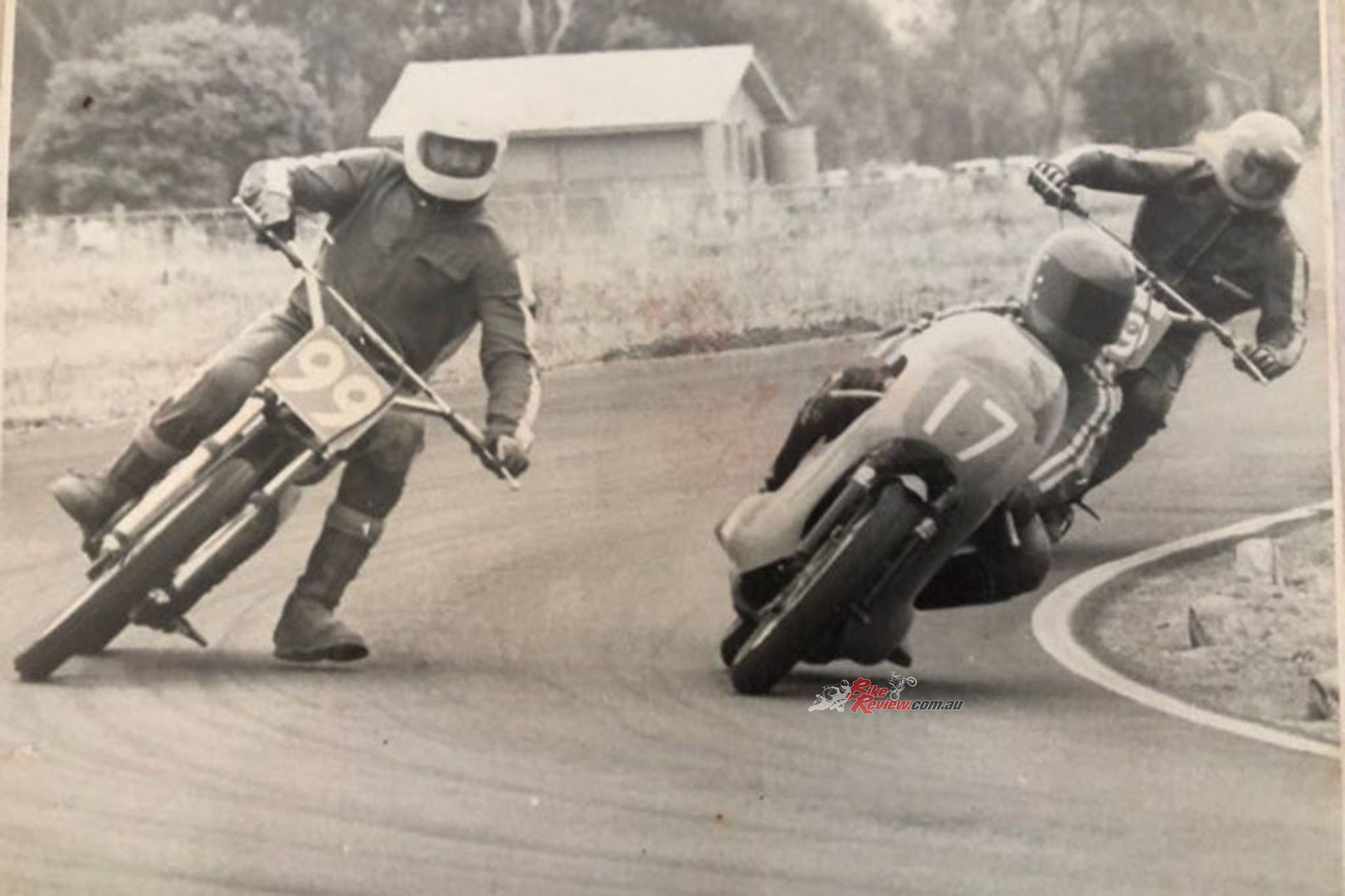
In 1974, as an 18-year-old, he entered his first race meeting aboard a borrowed Kawasaki KX250 at Hume Weir – the now-defunct circuit built on an old quarry.
“It was a massive meeting, with something like 60 riders in every race,” says Rob. “And it was a push-start affair, so if I didn’t get that part right I was just about guaranteed of being run over. I also raced that bike at Winton, and came away with the C-grade lap record. Around that time, though, I had put the bucks down on a 1975 model KX250 for myself, and I raced that for the first time in a two-hour dirt-track race at Wahgunyah (Vic) in late 1974.”
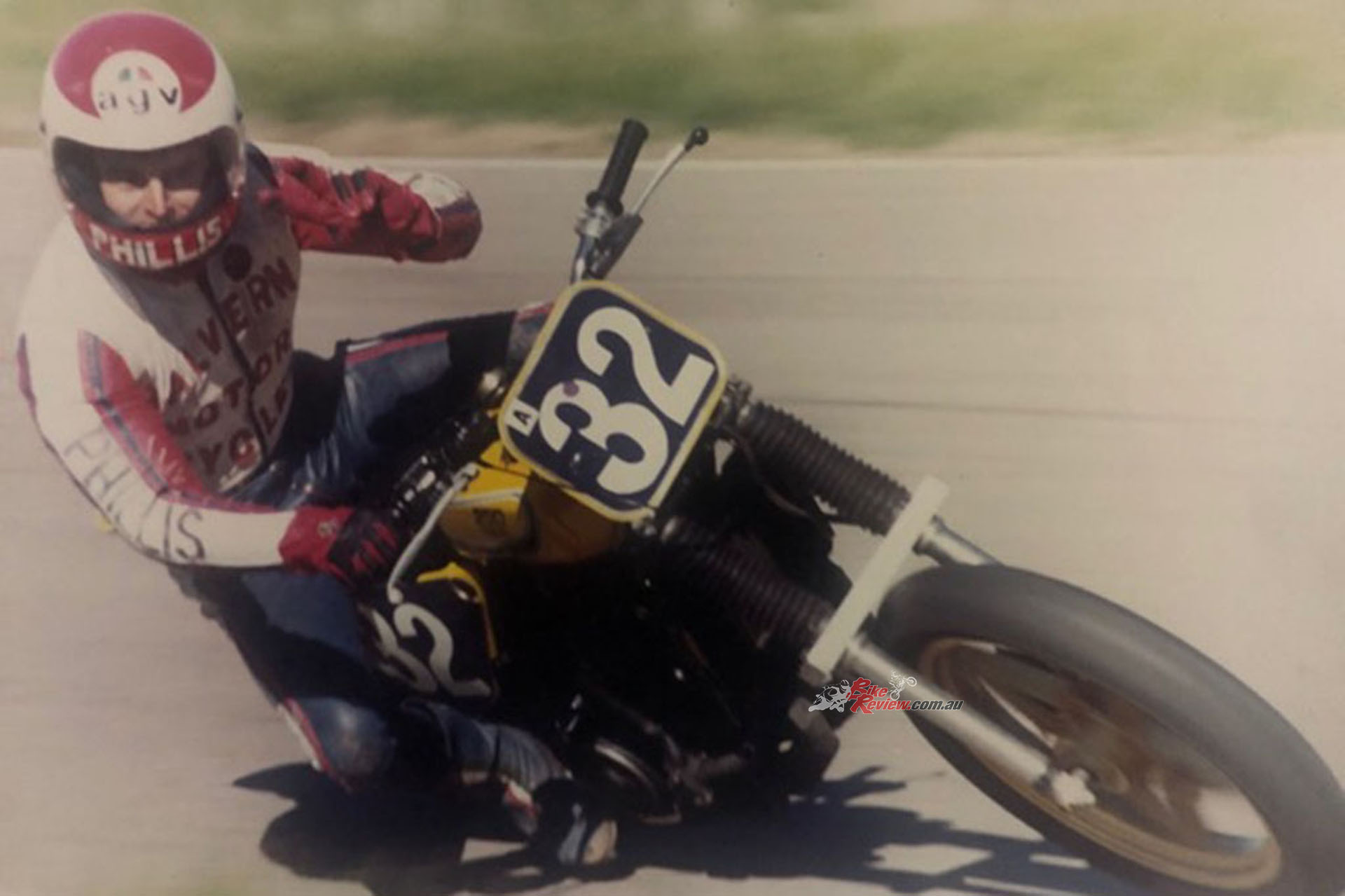
Rob racing at Winton on a borrowed bike. Some of these bikes would’ve been a handful on a road course…
“I was battling for the lead, but when it started raining I did a donut at warp speed when I hit an oil slick while flat knacker in fifth gear. Embarrassing for me, but the spectators loved it! I then took that bike to a few other dirt events, including one at the Bendigo Showgrounds where I competed against Len Willing – but I had fitted a crappy Dunlop K70 rear tyre when I should have stuck with the trials universal I had on earlier.”
The KX250’s dirty days were just about numbered, though, as road racing was now the focal point – and there’s no doubt he was one out of the bag: fast, fearless, tenacious and someone who always enjoyed the thrill of the hunt. His progression through the ranks was swift, and Rob was an A-grader mixing it with some of Australia’s best riders before too long. It still wasn’t a big money maker though, with his main income still derived from laying carpet and vinyl at all sorts of houses and businesses throughout Albury and its environs.
And he also spent a lot of spare time at his sister and brother-in-law’s magnificent property adjoining the Murray River, enjoying himself boating (he named one of his boats ‘Vomit’), fishing, jet skiing and motorcycle riding – complete with a steady progression of friends and family in tow. Funnily enough, an insurance claim may have been made for a boat which sunk on that property…
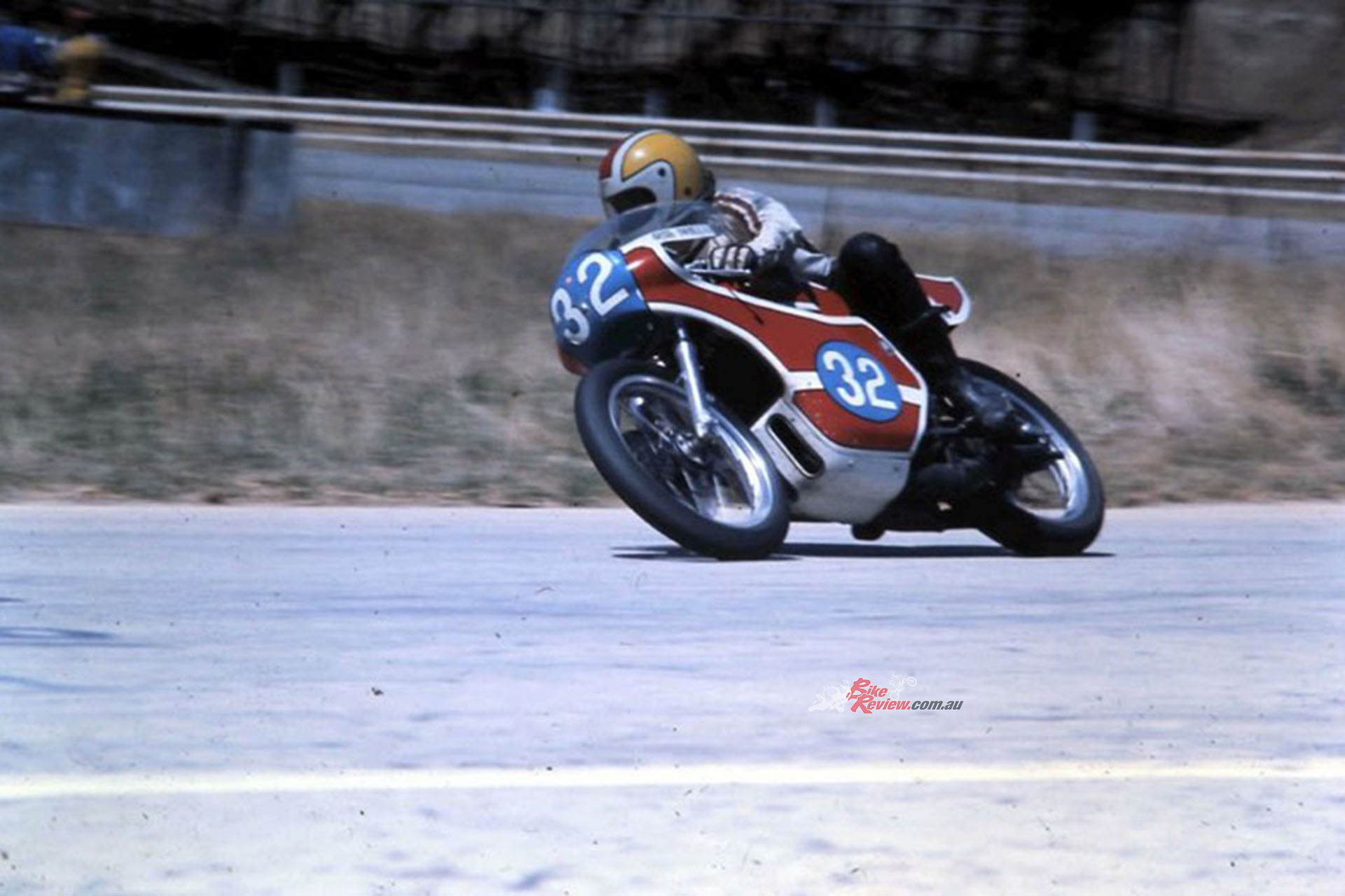
In 1976, as a 19-year-old, he traded the KX250 (one he bought back years later) for a Yamaha TZ350C.
In 1976, as a 19-year-old, he traded the KX250 (but one in which he bought back years later) for a Yamaha TZ350C that cost him $3200. His first race meeting on the TZ was at Hume Weir in April that year, where he we won all six races and was immediately promoted to B-grade. His scalps that day included Ron Boulden. But, in what now seems incongruous for someone who’s forged a career on being the ultimate entertainer, Phillis hardly said boo in those early days. That made wise counsel hard to come by.
“I really didn’t know anyone in the pits in those days, so I sort of just did everything on my own and learnt as I went along. For example, I used the standard Yokohama tyres that came with the TZ for the first three meetings before I made the switch to Michelin. But it was all a massive baptism of fire. In many ways, I was just out and out naïve – but that was off the bike, because on the racetrack I was never intimidated at any time.”
“I had a few sponsors at the time, including Steve Cramer who had a shop in the heart of Albury. He gave me a Bell helmet, as well as some clothing and brake pads. I also bought a pair of Mars leathers for $55, which I still have.”
Hume Weir and Winton were still his main racing outposts in 1977, but by that time his great mate Dave Gow had joined the team as chief mechanic. Gow was one of Phillis’ groomsmen when he married Carol Fattore on a sweltering day in Albury in 1983. The couple had three children: Georgia, Tom and Alex, the latter a well-known figure in Aussie racing circles over the last decade.
During the late 1970s, events like the Tom Phillis and Harvie Wiltshire memorial trophies were akin to de-facto national titles such was the depth of talent in them, and Rob won four of each. The first Tom Phillis victory should have been in 1977, but half-a-lap from home at Winton the carburetor literally fell off his TZ350, which he had to cradle in his hand until the finish line.
“I still don’t know how I limped to the line that day, but “Goose” (Graeme Muir) got past me on his Egli 750 and won the race.”
In 1977, Phillis also raced a four-stroke for the first time – in the big-bore superbike landscape which would later become his ticket to local and international stardom. He was teamed with Muir in the 1977 Castrol 6-Hour at Amaroo Park on a Kawasaki Z1000, and the pair was running in fourth before Muir crashed. A year later, Phillis made his debut for Team Kawasaki Australia riding alongside Ricky Perry in the 6-Hour – this time in the 650cc class on a Z650, which they won.
In 1978, armed with a brand-new TZ350E, which Gow’s generous mother financed, Phillis continued to cut a swathe through the Victorian racing scene, and was also in the box seat to win a major feature race at Oran Park when the fuel filter clogged.
New Zealander Graeme Crosby got the chocolates instead, and the two riders – cut from very much the same garrulous and cheeky cloth – would become great mates and team up together on a Yoshimura Suzuki at the 1983 Suzuka 8-Hour world endurance race. Phillis was an instant hit in Japan with his speed, smoothness and mechanical sympathy, and the duo was on track for victory before the machine carked it.
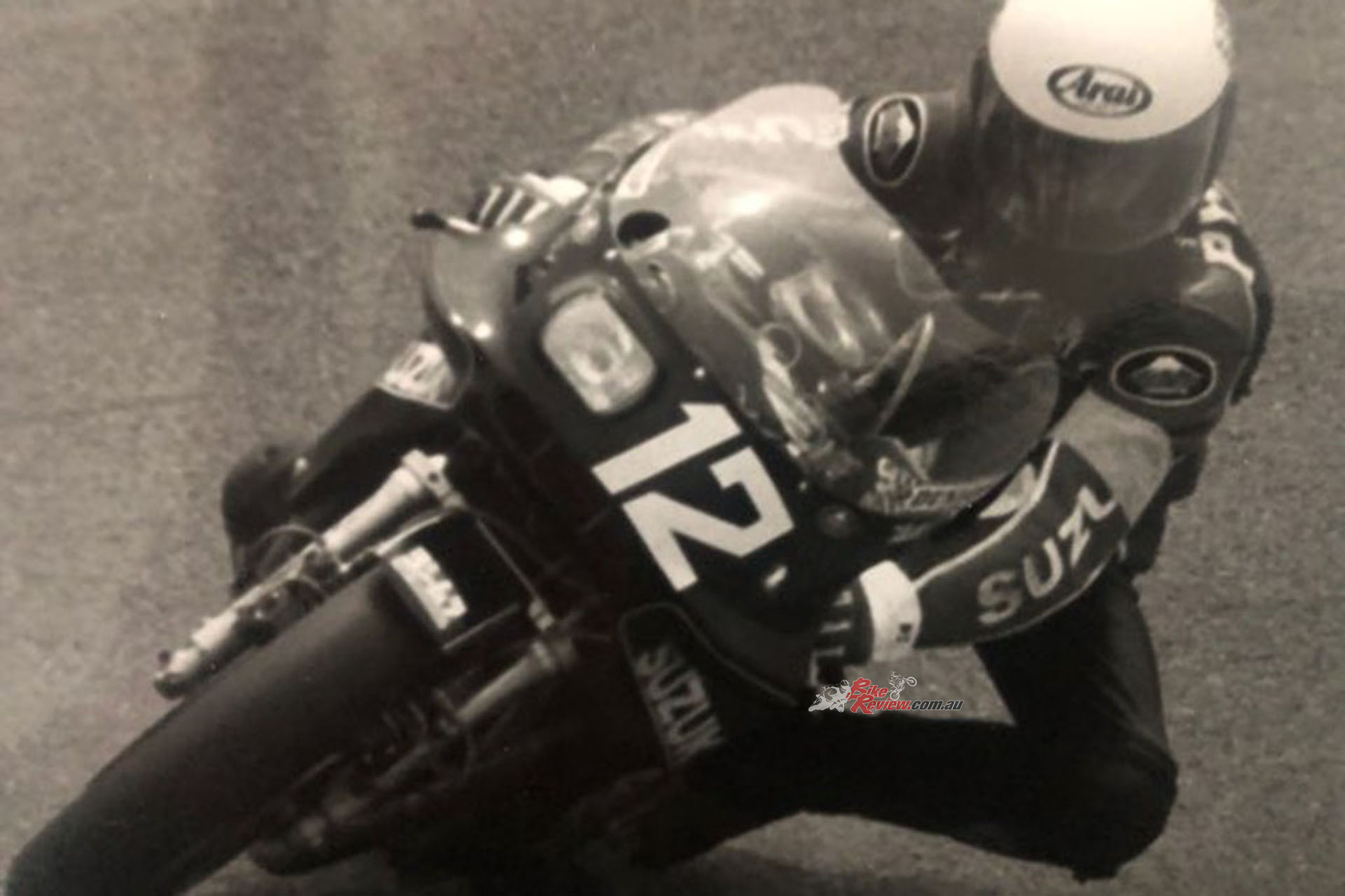
Phillis racing at the 1983 Suzuki 8-hour. One of the most talked about international events of the era.
Phillis didn’t steal the headlines from Croz on that day in 1978, but a return to the four-stroke ranks at a race meeting in late 1978 on a Malvern Motorcycles-backed Suzuki GS1000 piqued the interest of then Milledge Motorcycles boss Gerry O’Brien.
“The conditions were abysmal, and I’d never really ridden in the wet apart from a few laps on the TZ. I dominated race one, and was on track for the same in race two before the condensor wire broke off a bank of cylinders. So I was down to two cylinders on the GS, still managing to pass heaps of riders through the turns before getting smoked down the straights.”
Phillis had previously ridden the GS1000 in his Bathurst debut the previous Easter, but came down at the end of Conrod Straight after a collision with Willing. With the assistance of Phil Jones, the father of Supercar star, Brad Jones, Phillis found a new suitor in the shape of Milledge Motorcycles, the iconic long-time Victorian distributor for Yamaha. Phillis joined the team in 1979 alongside another Victorian livewire – the late Andrew “Ajay” Johnson, who would become one of his biggest rivals over the following decade alongside riders such as Malcolm Campbell.
It’s fair to say Phillis and Ajay weren’t dinner party buddies. Ajay, shall we say, had his quirks, and a case-in-point: he gave Rob a couple of sticks of TNT as a wedding present. They were beautifully boxed up with a nice ribbon on the outside, but the end result was a fizzer: Rob tried to blow up some fish at the Murray River the following day, only producing a couple of bubbles akin to a fart in a bathtub.
The deal with Milledge wasn’t grandiose, with Phillis and Ajay basically given bikes and the rest was up to them, although Phil Jones was a great help, paying entry fees. The TZ750 was a reliable mount, although running out of juice with three laps to go in the season opener at Symmons Plains wasn’t ideal… He was second to Croz in the Unlimited race at Bathurst, and fifth in the main Australian GP, while the TZ350 was obstinate: it seized 13 times during the year, mainly due to ignition woes.
The working relationship with Milledge derailed after just one year due to a multitude of reasons, and in 1980 Phillis returned to four-strokes riding a Suzuki GSX1100 for Malvern Motorcycles. It was the start of making Phillis a household name, especially as the popularity of grand prix racing was waning and superbikes became the media and spectator darlings.
He enjoyed some great battles with the likes of Honda rider – and the late – Dennis Neill in the NSW-based Bel-Ray superbike series. A big crash in the Swann Series at Oran Park just about totalled the machine when it caught on fire – the carbies had melted – and when he tried to ride it at Sandown two weeks later it was the master of the tank-slapper but not much else.
The following year – 1981 – would be seminal one for Phillis when he joined forces with Melbourne-based dealer Mick Hone Motorcycles, kickstarting the relationship on a GS1000 while a new GSX1100 was being prepared for the new signing.
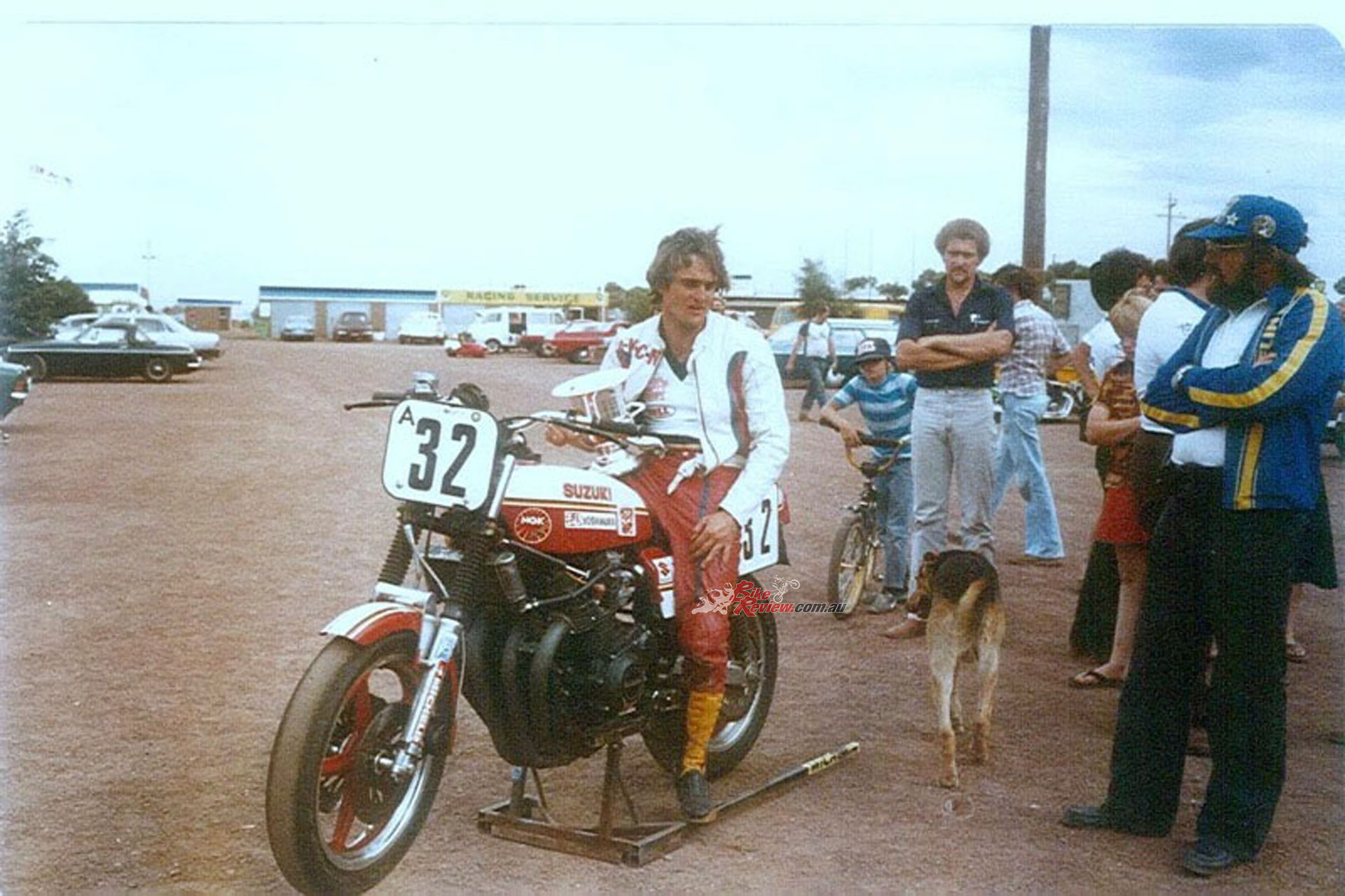
The collaboration was an instant hit, with Hone’s business dexterity and exquisite machine preparation providing Phillis with the tools of trade and confidence to go out and do the business.
The collaboration was an instant hit, with Hone’s business dexterity and exquisite machine preparation providing Phillis with the tools of trade and confidence to go out and do the business.
And that’s where we’ll begin the upcoming part two, which will also include his years in world superbike on the factory Kawasaki and his other exploits on the global stage….
Editor’s Note: If you are reading this article on any website other than BikeReview.com.au, please report it to BikeReview via our contact page, as it has been stolen or re-published without authority.


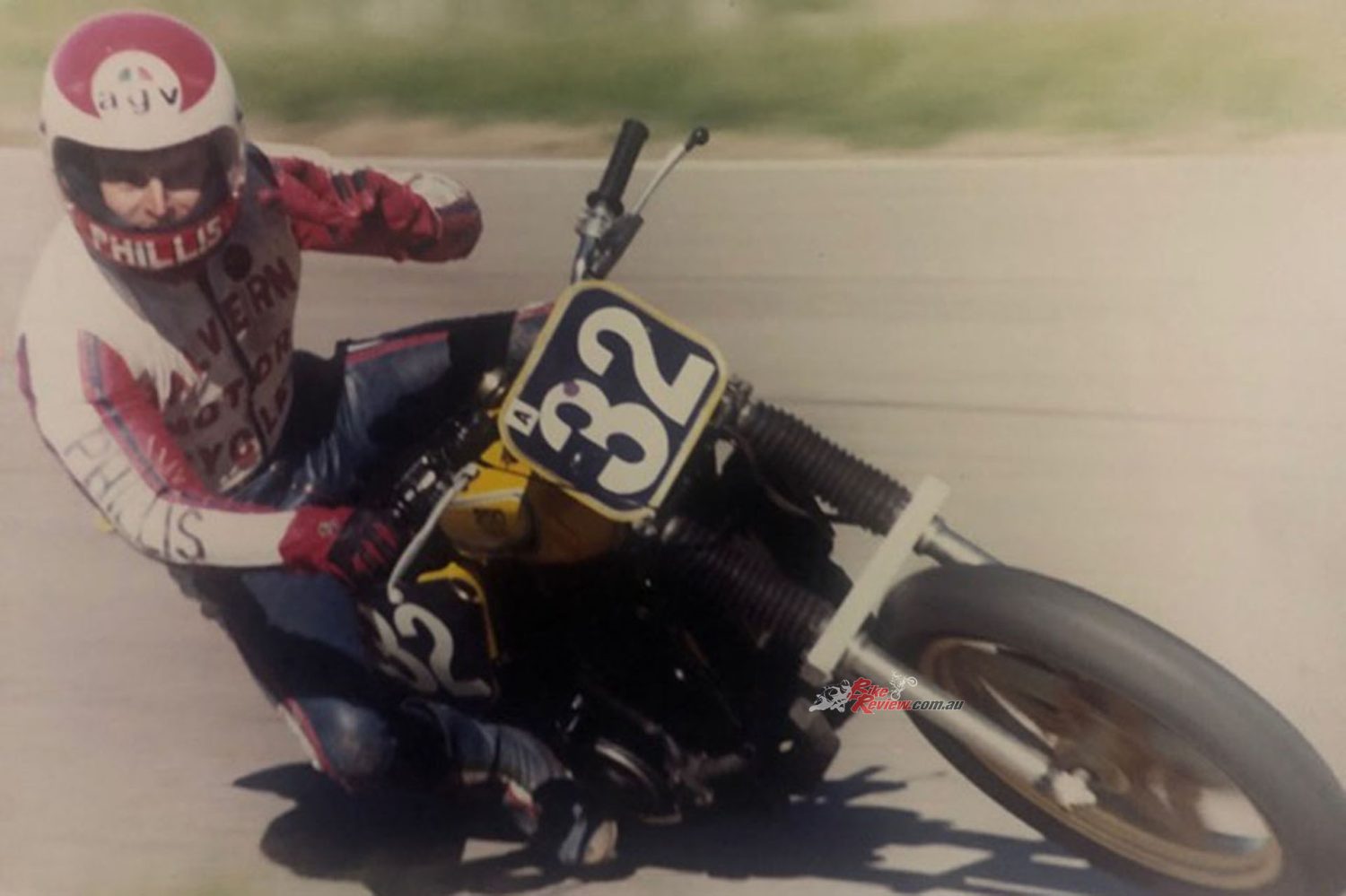
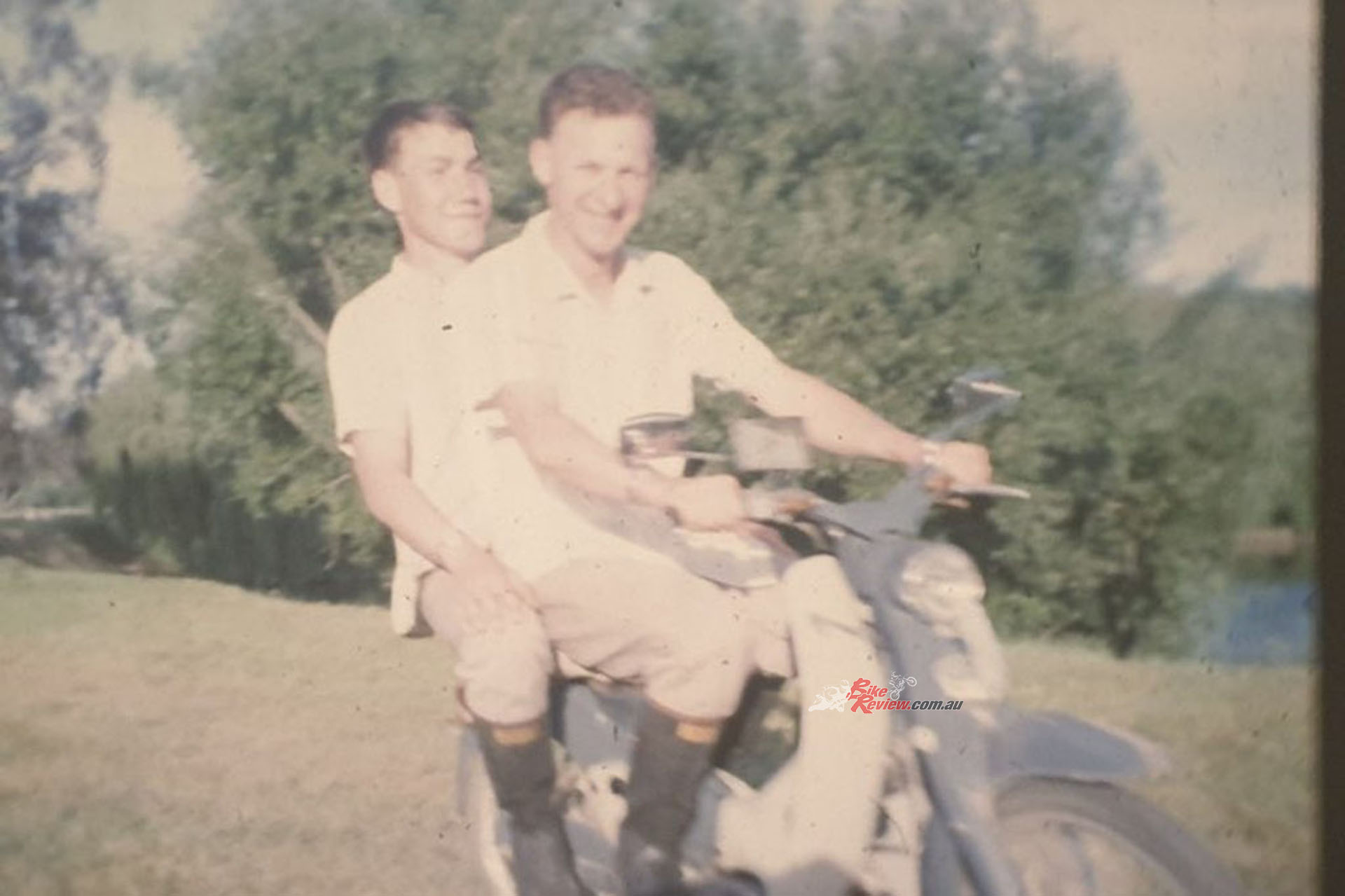
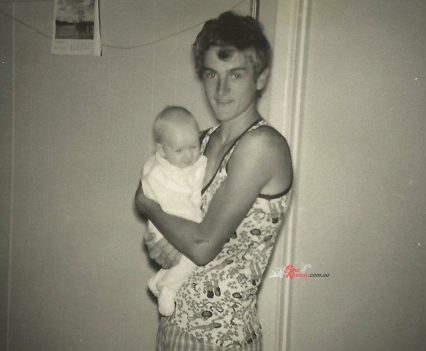
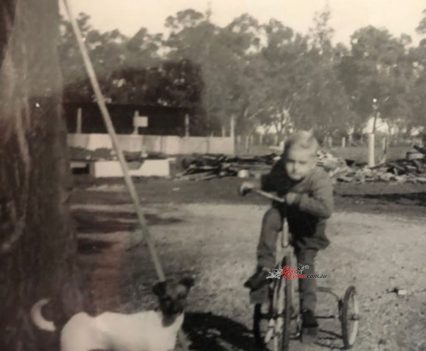
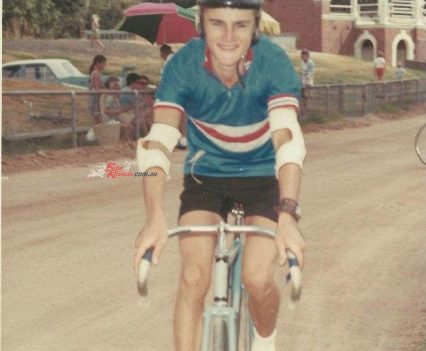
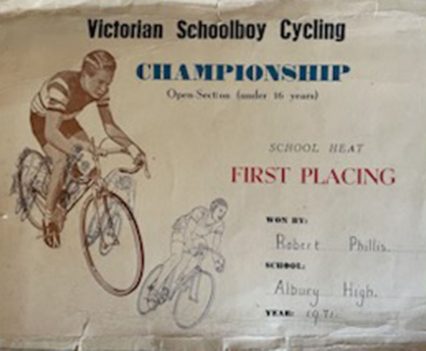
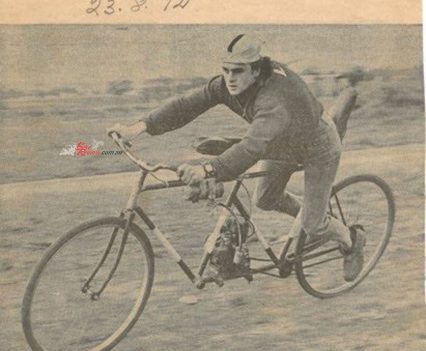
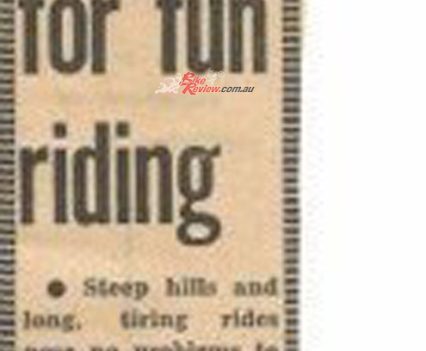
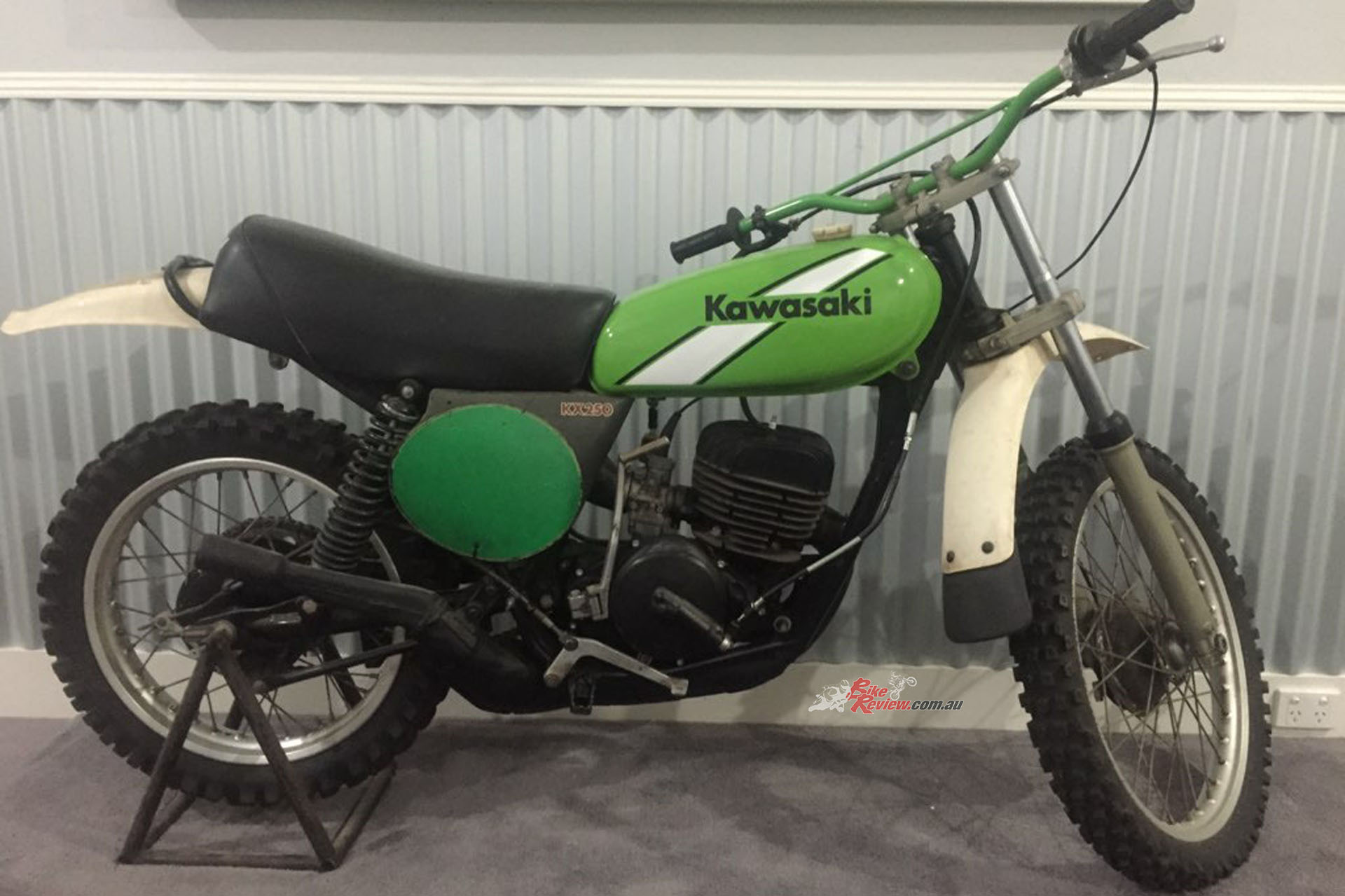
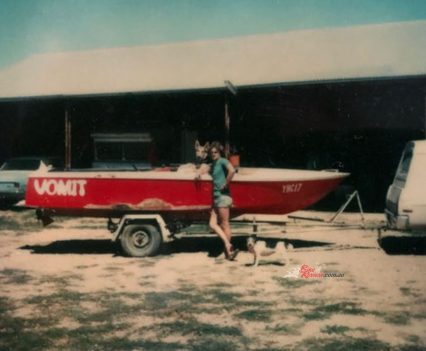
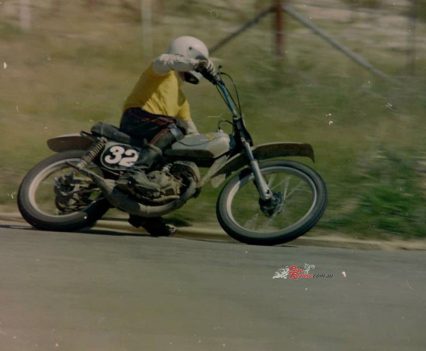
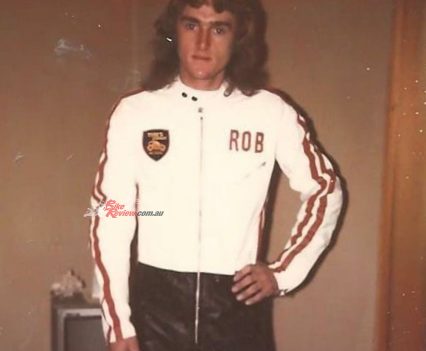
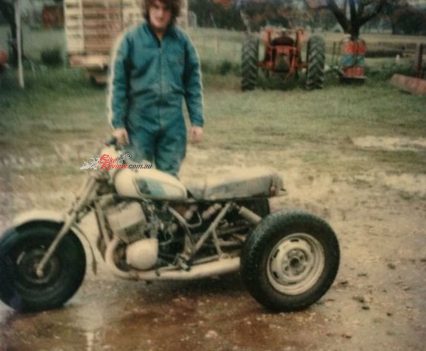
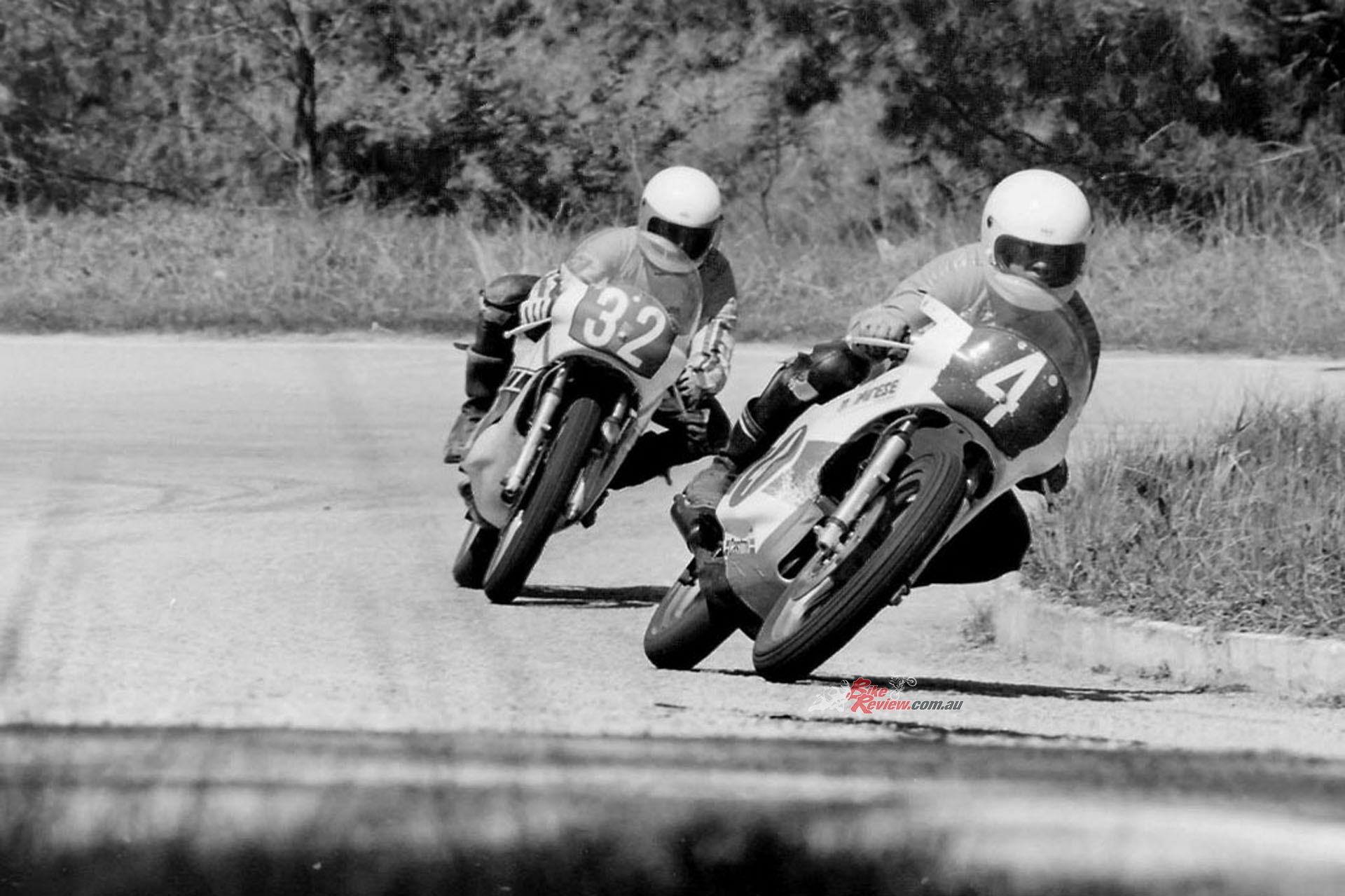
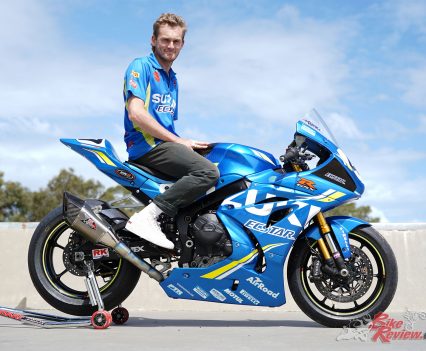
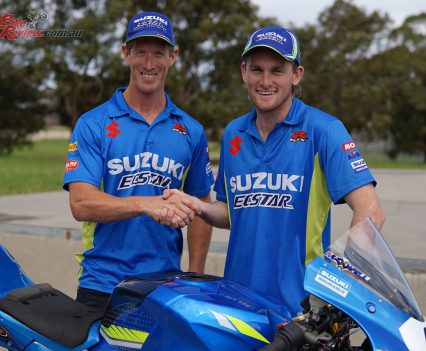
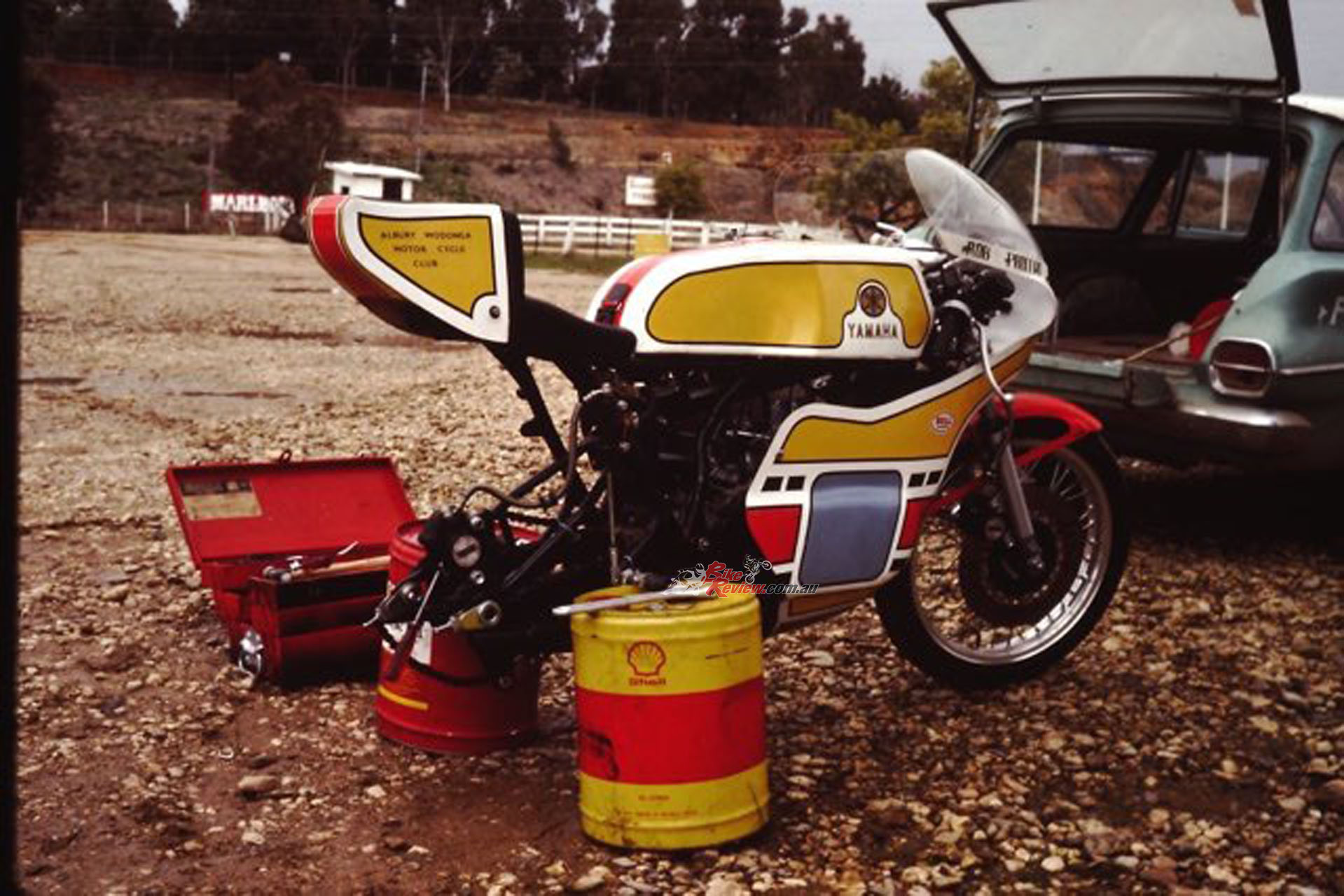
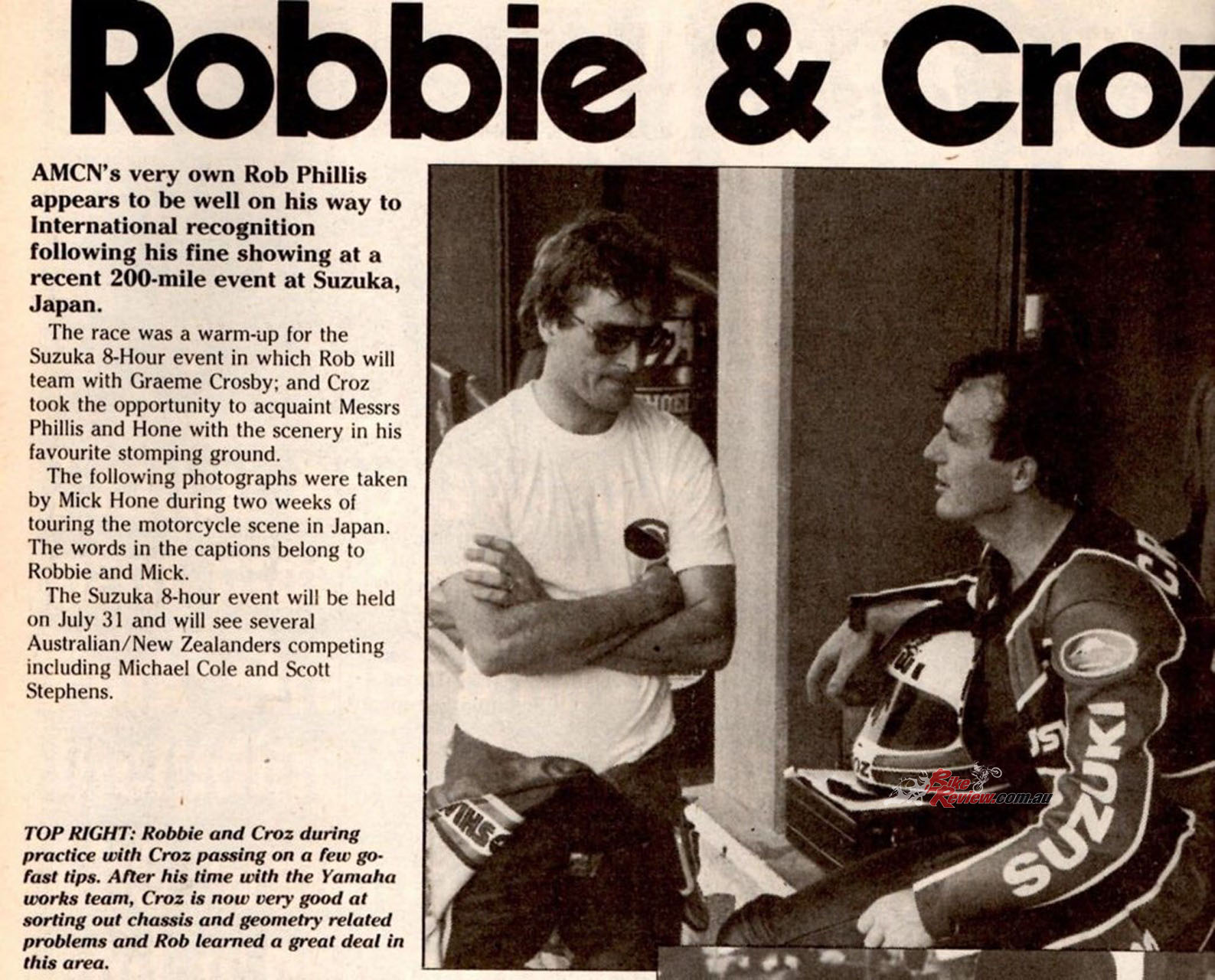
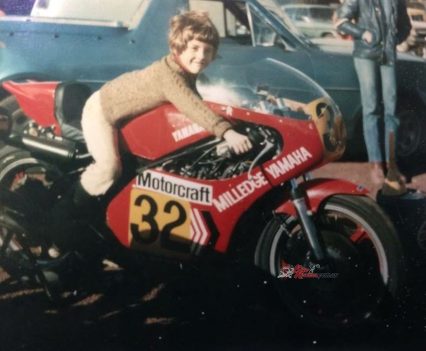
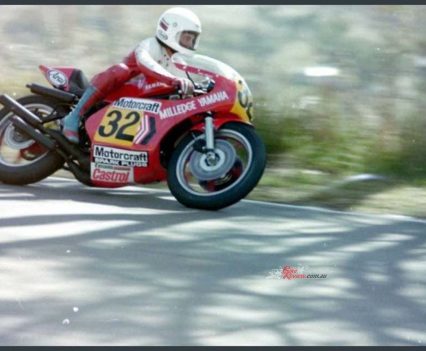
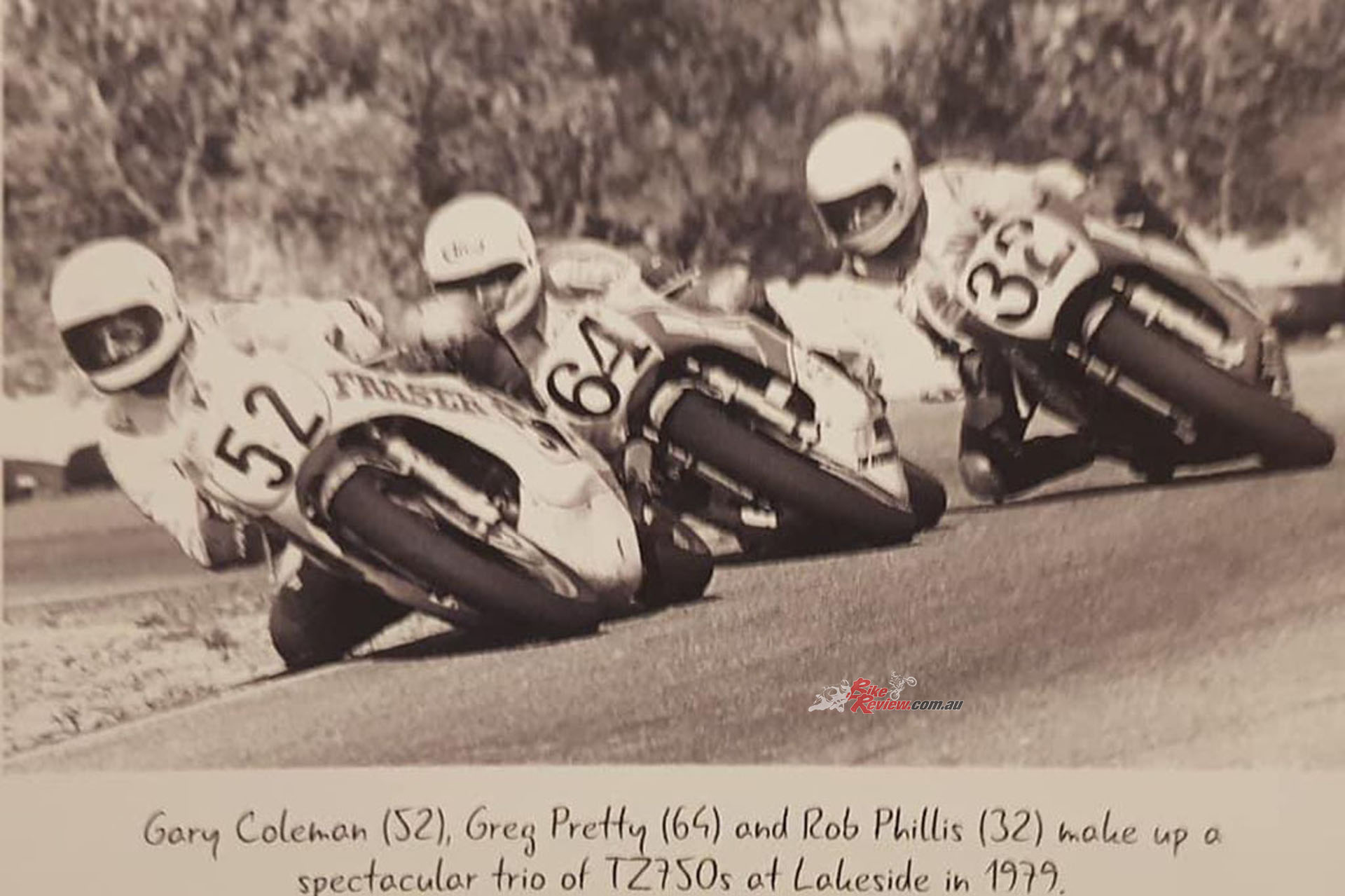
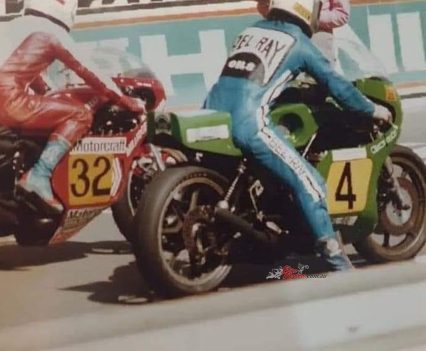
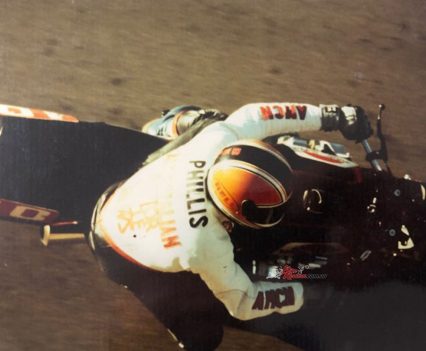
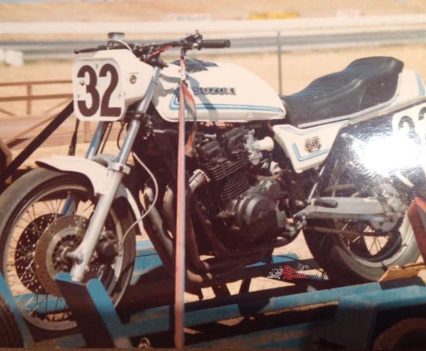
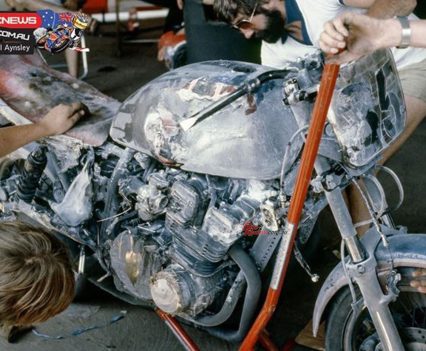

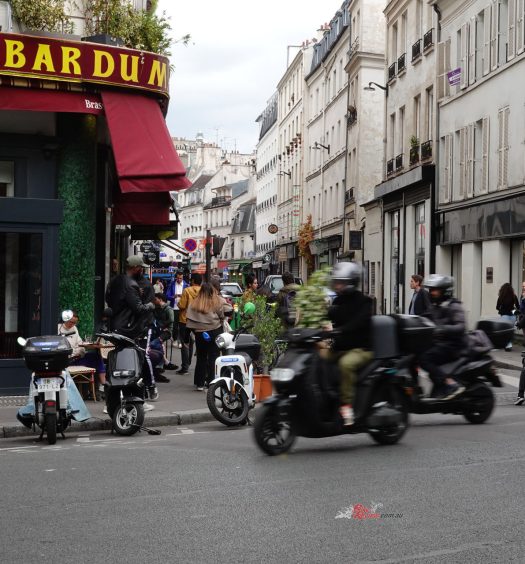
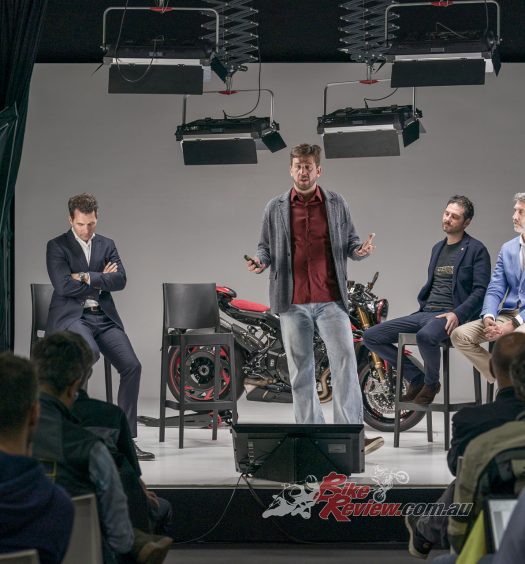













May 25, 2023
Great read
May 26, 2023
Known Robbie on a Hi basis, since Weir days, good bloke and great rider. Fair and fast. Look fwd to future articles, count me in.